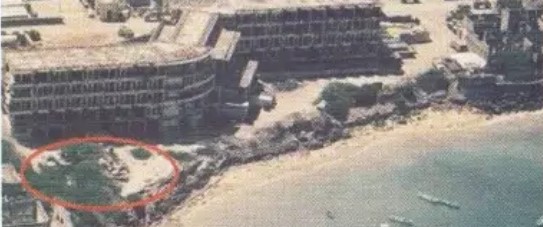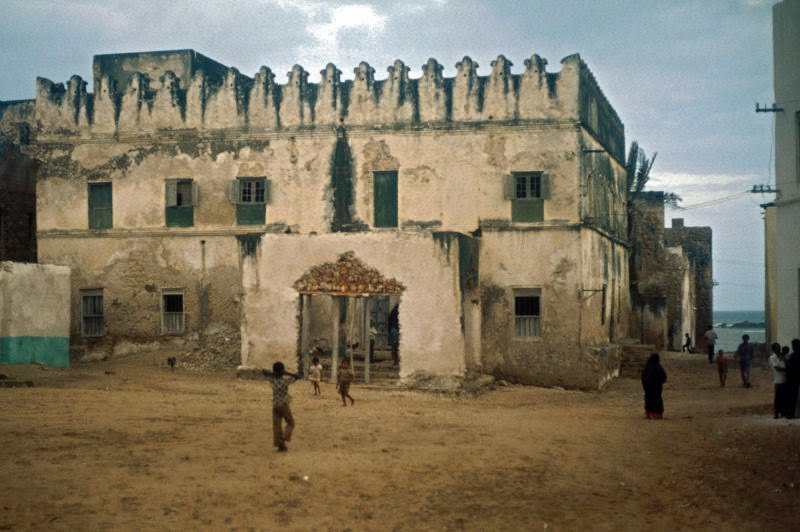Below are excerpts taken from various sources and select documents determining the formation of city states and the commonalities it had based on migration, trade and language. In this instance, this article will examine the Hatimi clan and how they established the city Mzizima, what is now modern day Darusalam, a major city in Tanzania. What is worth mentioning is the migrations of the Hatimis who reached as far as Pate, and the significance impact they left behind.
N. Chittick on his book “Daresalam City, Port and Region” makes mention of the Hatimis in detail, during the 16th and 17th century at a time where poverty was inflicted on that part of the coast, it was the emergence of independent city states that would stir the region away from such abyss.
“In the 17th century, there grew on the coast south of the Kenya border a number of tiny independent states whose history and polity have been inadequately investigated. They were grouped together in a number of confederacies, the little states were headed by elected chiefs (called Jumbe, Diwan or Sultan), chosen from a particular clan and were assisted by a small council of ministers. Under these were a number of akidas and other functionaries. These petty rulers were provided with a quite elaborate regalia, of which the chief items were a ceremonial drum (ngoma kuu) and an enormous horn (siwa).”
“In the region from Bagamoyo to Mboamaji the history of these village states is bound up with the Hatimi clan which trace their ancestry back to a family from Brava that settled at Kaole early in the 17th century. Their descendants appear to have made themselves the dominant family in most of the settlements to the south, carrying with them the title Shomvi.”
“They built for themselves large and often ornamented graves and revived for themselves the custom of erecting pillars on their tombs. The first assembly of these graves is at Kunduchi, 12 miles north of Dar es Salaam. Here the rulers called themselves Sultan.”
Grenville Freeman also makes mention of Hatimis in in Tanzania, on his book “The Ancient History of Dar es Salaam”:
“The original name of Dar es Salaam was Mzizima, which means the healthy town. Originally it was bush. There came people from Brava who cleared it with axes, hoes and sickles. They cut down the bush and built large houses. There also came Shirazis, who joined up with the Barawa settlers in one place.”
Their occupation was tilling plantations of cassava, millet, maize and sesame. They also built ships and canoes. Another of their occupations was fishing, and like wise that of the slave trade. Such were the occupations of the first people to live here between Dar es Salaam and Mboamaji and [in the opposite direction] as far as Kunduchi.” – Page 233
Below are other sources or select documents for further reading and to add more context:
Page 242 The History of Pate
Abdul Malik bin Murian in 77 H. sent Syrians to the East African coast and put a Liwali in each town he founded. Among them Mogadishu, Merka, Brava, Bajuni, Lamu, Manda, Pate, Paza, Shanga, Malindi, Watamu, down to Ngazija (Comoro Islands).
Page 258 [After 995 H.] foreigners came into the country of Pate and they were called Wabarawa. At one time they used to live in Brava, but they were Arabs and their tribe is called Hatimi, a tribe renowned in Arabia, and their country was formerly Andalusia.. They arrived in Pate with much wealth and they bought houses and even bought firewood and wells.
Many thanks to Allessandra Vianelo










